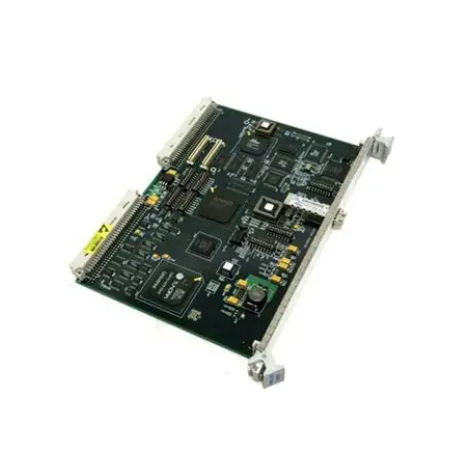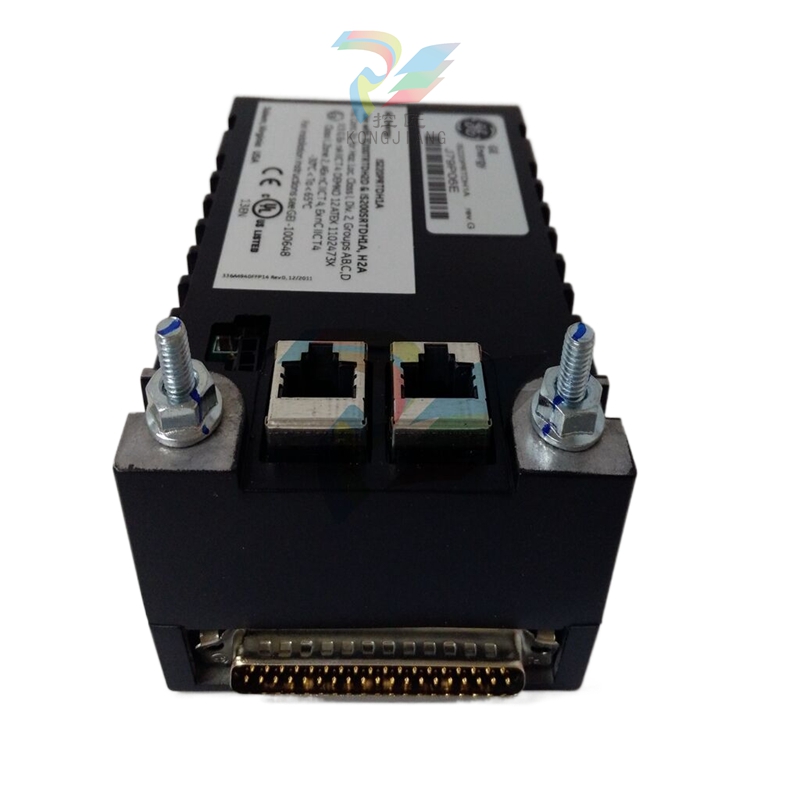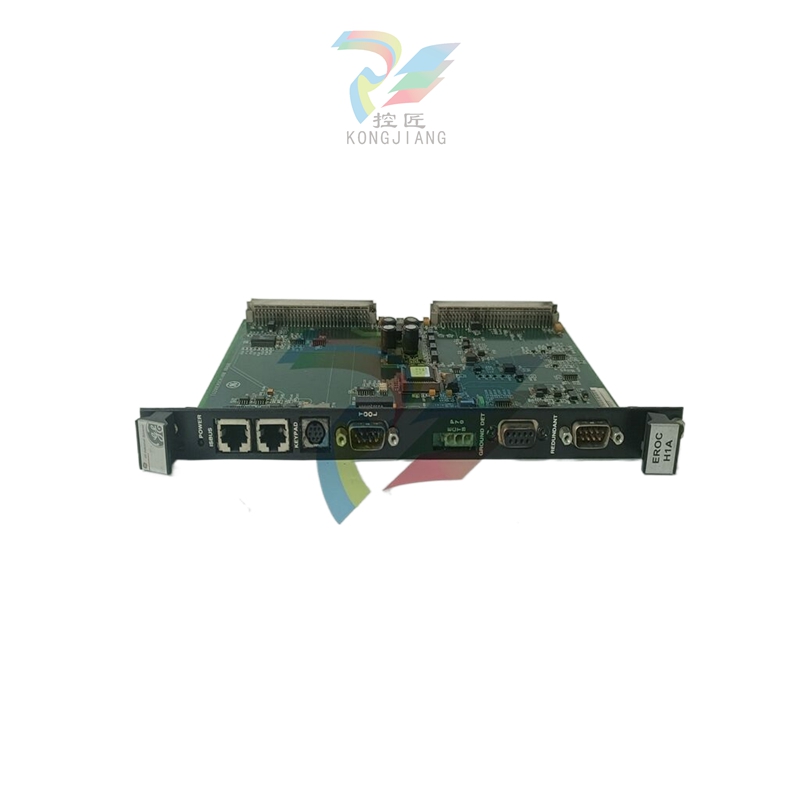Remarkable achievements were made in the development of basic industries and infrastructure
Since the founding of the People's Republic of China, China's basic industries and infrastructure have been significantly strengthened through large-scale investment and construction, and the supply capacity of agriculture, energy and raw materials has reached a new level. Transportation, posts and telecommunications have formed a network system criss-crossing the country. Water conservancy, environment, education, culture, health and sports facilities have been significantly enhanced. The construction of a large number of major projects, including the Three Gorges Project, the west-east natural gas pipeline, the South-to-North Water Diversion project, the Qinghai-Tibet Railway, and the Beijing-Shanghai high-speed Railway, has been successfully completed or pushed forward. The rapid development of basic industries and infrastructure has provided a solid foundation for the development of the national economy and the improvement of people's living standards.
Investment in basic industries and infrastructure construction grew rapidly
Over the past 60 years, China's investment in basic industries and infrastructure construction has grown rapidly. From 1954 to 2008, the total investment in basic industries and infrastructure reached 36,530.4 billion yuan, with an average annual growth rate of 13.7 percent, 2.4 percentage points higher than the average annual growth rate of the national economy during the same period. The construction of basic industries and infrastructure since the founding of the People's Republic of China can be divided into the following four stages of development.

(1) Before the reform and opening up: in the stage of slow development, industrial investment grew relatively fast
In the early days of the founding of the People's Republic, our economy was poor and backward, and after a three-year recovery period, we began to implement the first "five-year Plan". From then on, in the nearly 30 years of reform and opening-up, China has carried out large-scale economic construction, and the important content is to carry out large-scale basic industries and infrastructure construction. From 1954 to 1977, China invested 299.6 billion yuan in basic industries and infrastructure construction, with an average annual growth rate of 8.7 percent.
A distinctive feature of the construction of basic industries and infrastructure before the reform and opening up is that the growth rate of industrial investment in basic industries and infrastructure is much higher than that of other industries. From 1954 to 1977, the investment in industrial capital construction reached 118.3 billion yuan, with an average annual growth rate of 12.1 percent, 3.6 percentage points higher than that of agricultural investment and 5.6 percentage points higher than that of tertiary industry investment such as transportation, education and culture. The rapid growth of industrial investment was inseparable from the policy of focusing on industry, especially heavy industry, in the field of economic construction at that time. The state tilted the focus of economic construction to heavy industry, which led to the rapid growth of investment in coal, oil, power and other industries.
Major projects completed during this period included 25 coal projects in Fuxin, Fushun, Hegang and Pingdingshan coal mines, among the "156" key projects that were assisted by the Soviet Union during the first Five-Year Plan period, and 2 oil projects in Liaoning Fushun No. 2 Oil Refinery and Gansu Lanzhou Refinery. There are 25 power projects, including Sanmenxia Water Conservancy project in Henan Province, Fengman Hydropower Station in Jilin Province and Lanzhou thermal Power Station in Gansu Province. "Top Ten" construction projects in Beijing during the second Five-Year Plan period; In 1972, three power plants in Tianjin Beidagang, Tangshan Douhe in Hebei and Yuanbaoshan in Inner Mongolia were introduced in a complete set of 26 projects. The oil fields in Yumen in Gansu Province, Karamay in Xinjiang Province, Shengli in Shandong Province and Daqing in Heilongjiang Province were built and expanded. The Lanxin Line, Chengkun Line, Baolan Line, Jiaozhi Line and other railways have been completed and delivered for operation. A number of ports including Tianjin, Lianyungang, Dalian and Shanghai have been put into use.
Due to the influence of the "Great Leap Forward" and the "Cultural Revolution decade", the 30 years before reform and opening up were the lowest annual growth rate of basic industries and infrastructure investment since the founding of the People's Republic of China.
(2) 1978-1989: The initial stage before rapid development, concentrated efforts to increase investment in key industries
In the early days of reform and opening up, the scale of social investment in China was very small, and basic industries and infrastructure were still very weak. In order to change this situation, in the 11 years from 1979 to 1989, the state used limited funds to increase investment in key industries, and a total investment of 547.9 billion yuan was completed in basic industries and infrastructure construction, with an average annual growth rate of 10.7%.
In order to fill the gap in basic industries and infrastructure, and focus on easing bottlenecks in energy, raw materials, and transportation, the state has concentrated on building a number of key national projects in energy and transportation. From 1982 to 1989, the state arranged 319 key construction projects, with a total investment of 248.6 billion yuan, accounting for 29 percent of the country's capital construction investment during the same period. Among them, 261 infrastructure projects such as energy, basic raw material industry and transportation were planned, with a total investment of 292.7 billion yuan, accounting for 94.2% of all key construction projects.
During this period, the proportion of primary industry in basic industry and infrastructure investment was relatively high. From 1978 to 1989, 50.9 billion yuan was invested in agriculture, forestry, animal husbandry and fisheries, accounting for 8.9 percent of the total investment in basic industries and infrastructure.
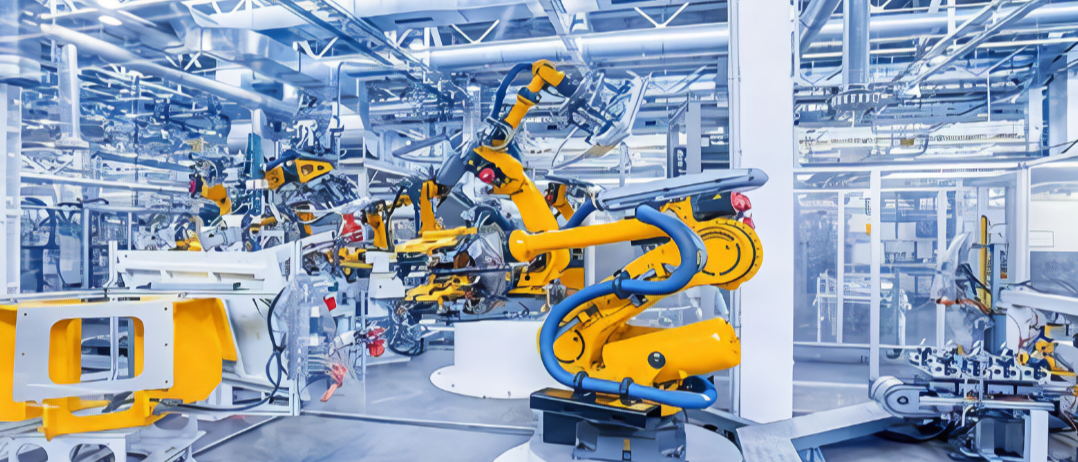
It was also a period of rapid development of investment in education, culture, health and sports. From 1979 to 1989, a total of 83.9 billion yuan was invested in education, culture, health and sports infrastructure, with an average annual growth rate of 25.8 percent, 15.1 percentage points higher than the growth rate of investment in basic industries and infrastructure during the same period.
During this period, the first phase of the "Three North" shelterbelt project, a large number of commercial grain production bases and large-scale water conservancy projects were completed. It has completed 153 key energy projects, including the Gezhouba Hydropower Station and the Pingshuo open-pit Coal mine. 88 key raw material projects such as Jidong Cement Factory have been built; The first phase of the Daqin Electrified Railway project, the third phase of the Qinhuangdao Coal Terminal project, and the Beijing-Wuhan-Guangzhou coaxial cable carrier project have been completed, including 125 key transportation and post and telecommunications projects. In 1988, China's first expressway, the 18.5km Shanghai-Jiading Expressway, was opened to traffic. 1985 The first phase of Shanghai Baoshan Iron and Steel Plant was put into operation; In 1984, the first phase of Jilin Baishan Hydropower Station was completed and put into operation, adding 900,000 kilowatts of generating units; 1984 Hebei Jidong Cement Plant was put into operation, and the cement production capacity was increased by 1.55 million tons/year; In 1981, the Xiangyu Line from Xiangfan to Chongqing was completed and put into use, with an additional business mileage of 895 kilometers. These projects have been completed and put into operation, alleviating the supply shortage of energy, raw materials, transportation, communications and other industries, improving the imbalance in the proportion of light and heavy industries in China's investment structure in the early days of reform and opening up, and laying a good foundation for the next step of national economic development.
(3) 1990-2002: In the stage of rapid development, the investment in national debt greatly promoted the construction of basic industries and infrastructure
After the 1990s, in order to achieve the second strategic goal of modernization, the Ten-year Plan for National Economic and Social Development and the Outline of the Eighth Five-Year Plan of the People's Republic of China made clear arrangements for the development of agriculture, water conservancy, energy, transportation, posts and telecommunications, and raw materials industries, and investment in basic industries and infrastructure increased rapidly. From 1990 to 2002, a total of 8,024.9 billion yuan was invested in basic industries and infrastructure construction, with an average annual growth rate of 26 percent, 15.3 percentage points higher than the average annual growth rate from 1979 to 1989, and 4.5 percentage points higher than the average annual growth rate of social investment in the same period.
During this period, the national debt funds played a very prominent role in driving investment in basic industries and infrastructure. Since 1998, in an unfavorable international and domestic environment, the state has implemented a proactive fiscal policy to boost domestic demand and issued 660 billion yuan of special Treasury bonds for investment in basic industries and infrastructure in the five years from 1998 to 2002. These funds are mainly used for agriculture, water conservancy, transportation, communications, urban infrastructure, urban and rural power grid transformation, central reserve grain storage and other infrastructure projects, in addition to some of the technical reform discount funds for some basic industries for technological transformation projects. The investment of these funds has led to the entry of a large amount of social capital, so that the investment in basic industries and infrastructure has grown rapidly, thus further driving the investment of the whole society and the stable growth of the entire economy. In the five years from 1998 to 2002, the investment in basic industries and infrastructure was 7.338 billion yuan, with an average annual growth rate of 13.1 percent, 2.2 percentage points higher than the average annual growth rate of social investment in the same period, which strongly promoted the growth of social investment and enabled the national economy to tide over the difficult period smoothly.
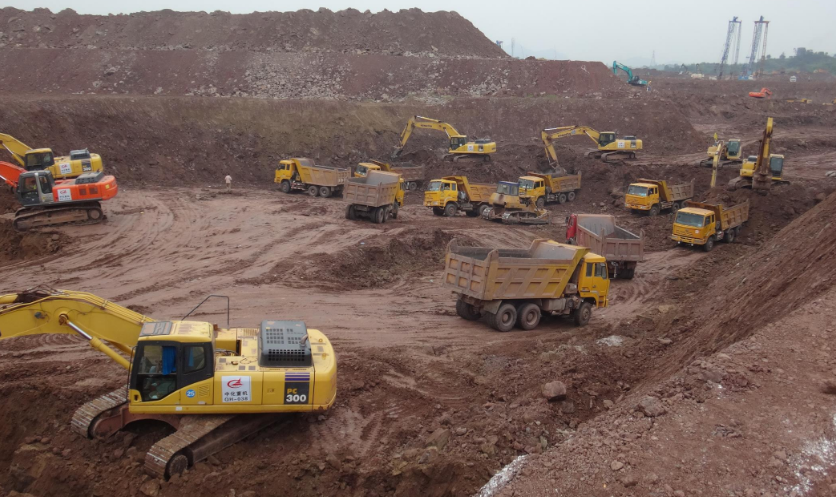
From 1990 to 2002, China's basic industries and infrastructure construction made great achievements in the period, a large number of major basic industries and infrastructure construction projects completed and put into operation, and began to play a beneficial role. The national project to return farmland to forests and grasslands, the project to protect wild animals and plants and build nature reserves, and the Heilongjiang and Inner Mongolia commodity grain bases of 10 billion tons have improved China's agricultural, forestry, animal husbandry and fishery infrastructure. The Shenfu Dongsheng Mining area, Xinjiang Tarim Oil Field, Daya Bay Nuclear Power Plant, Lingao Nuclear Power Plant phase I project, Yellow River Xiaolangdi Water Conservancy Project, Ertan Hydropower Station and other projects have eased the energy shortage; The Beijing-Kowloon Railway, Beijing West Railway Station, Shanghai Pudong and Guangzhou Baiyun New airports, and Shanghai Metro Line 2 were put into operation. The Shenzhen-Dalian Expressway was opened to traffic. Highway construction was in full swing, and a modern transportation network began to take shape. In the field of water conservancy, the construction of levees for major main streams and lakes such as the Yangtze River and Yellow River has been carried out, and the construction of the Three Gorges water conservancy project has begun.
(4) 2003-2008: the stage of comprehensive and rapid development, energy and basic raw material industry investment growth accelerated, state funds continued to tilt to the central and western regions, the source of funding channels showed diversification
Since the 16th National Congress of the Communist Party of China, on the one hand, the state has taken active measures to increase the government's investment in basic industries and infrastructure construction, on the other hand, to encourage foreign and private capital to invest in basic industries and infrastructure projects, so that the level of basic industries and infrastructure in China has been greatly improved, people's living environment and urban and rural conditions have been significantly improved. In the six years from 2003 to 2008, the total investment in basic industries and infrastructure construction was 24,677 billion yuan, with an average annual growth rate of 24.5 percent, 8 percentage points higher than the average annual growth rate of the national economy in the same period. In 2008, there were 158,350 investment projects in basic industries and infrastructure construction, 60,352 more than in 2002. The planned total investment of construction projects is 20,479.6 billion yuan, an increase of 2.1 times over 2002. The investment during this period has the following characteristics.
First, investment in energy and basic raw materials grew rapidly. In the six years from 2003 to 2008, the investment in the energy industry grew at an average annual rate of 27.3%, of which the coal mining industry and the petroleum processing and coking industry grew at an average annual rate of 44.6% and 43.1%, respectively. The annual growth rate of basic raw materials industry reached 40.6%.
Second, the state has focused on strengthening support for the central and western regions in terms of policies and funds, and investment in basic industries and infrastructure in the central and western regions has grown rapidly. From 2003 to 2008, 509,758 basic industries and infrastructure construction projects were carried out in the central and western regions, accounting for 66.2 percent of the country's total, an increase of 5.9 percentage points over 2002. The investment in basic industries and infrastructure reached 12,980.5 billion yuan, with an average annual growth rate of 27.8%, 3.3 percentage points higher than the national average annual growth rate of investment in basic industries and infrastructure.
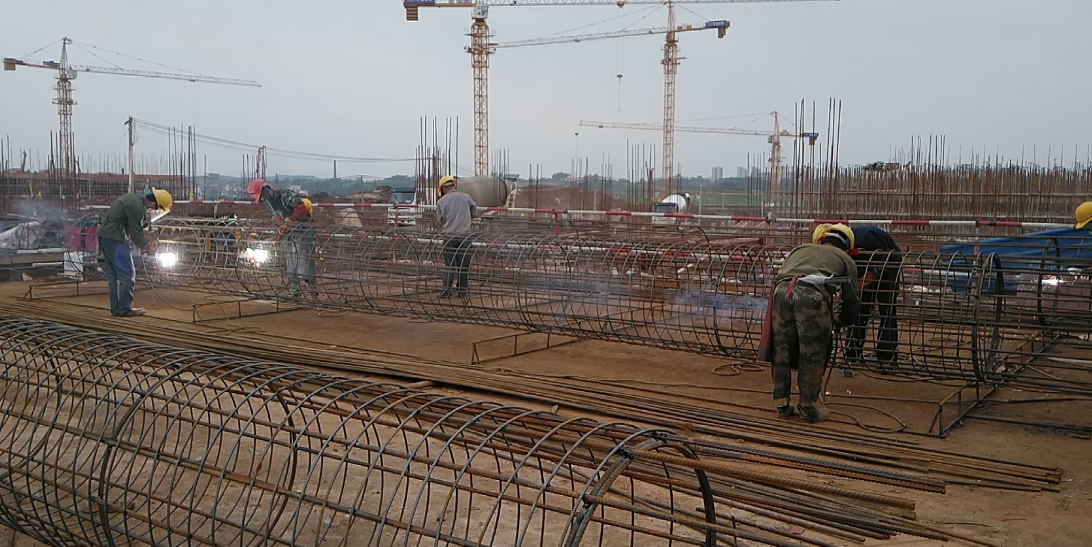
From the sources of investment funds, the central and western regions in the six years of basic industry and infrastructure investment funds from the state budget of 1,244.3 billion yuan, accounting for 61.6 percent of the country, an increase of 0.5 and 5.5 percentage points over 1995 and 2002 respectively. The injection of state funds has alleviated the shortage of funds for infrastructure construction in the central and western regions, driven other funds to invest in basic industries and infrastructure in the central and western regions, and built a large number of basic industries and infrastructure projects in the central and western regions, such as the Three Gorges Project, Qinghai-Tibet Railway, Yuhuai Railway, Baotian Expressway in Gansu, Huangyan Expressway in Shaanxi, and Baotian Expressway in Gansu. Guizhou Qianxi Power Plant, Inner Mongolia Ximeng agricultural and animal husbandry infrastructure construction project and so on. The completion and operation of these projects have greatly improved the backward infrastructure construction in the central and western regions, and played a positive role in improving the living standards of the people in the central and western regions and narrowing the gap with the eastern regions.
Third, the investment entities and funding sources of basic industries and infrastructure began to diversify. In the early days of reform and opening up, the funds used for basic industries and infrastructure investment were basically state funds. With the deepening of reform and opening up, foreign capital and private capital have played an increasingly important role in the construction of basic industries and infrastructure, which has better solved the problem of insufficient state funds. In 2008, among the sources of funds for investment in basic industries and infrastructure, the state budget accounted for 9.1%, domestic loans accounted for 21.9%, foreign investment accounted for 1.4%, and self-raised funds accounted for 60.9%. According to the economic type, state-owned investment accounted for 61.6%, foreign investment accounted for 4.6%, and private individuals accounted for 7%. Although state-owned investment in basic industries and infrastructure still occupies an absolute holding position, investment subjects and funding sources have gradually diversified.
Fourth, a number of projects related to the national economy and people's livelihood have been completed. Among them, more than 10 billion yuan projects include oil, steel, electric power, railway, subway, port, airport and other industry construction projects, such as west-east gas pipeline infrastructure project, west-east power transmission project, Daqing oilfield development capacity construction project, Cnooc offshore oil field exploration and development investment project, Zhejiang Zhenhai 8 million tons/year refining expansion project, Shanghai Secco 900,000 tons/year ethylene project, Guangdong Jiangmen, Zhejiang Wusashan and Beilun, Jiangsu Taicang, Fujian Houshi, Shanxi Yangcheng and other power projects, Qingzang Line, Ningxi Line, Yuhuai Line, Zhuliu Double Line, Zhegan Line, Shuohuang Line, Neikun Line and other railway projects, Fujian Sanfu Expressway project, Guangzhou Metro Line 2 project, Tianjin Port Expansion Project, Yangshan deep-water port container project phase I, Guangzhou Baiyun airport relocation project. In October 2008, all units of the Three Gorges Project were put into operation one year ahead of schedule.
- EMERSON
- Honeywell
- CTI
- Rolls-Royce
- General Electric
- Woodward
- Yaskawa
- xYCOM
- Motorola
- Siemens
- Rockwell
- ABB
- B&R
- HIMA
- Construction site
- electricity
- Automobile market
- PLC
- DCS
- Motor drivers
- VSD
- Implications
- cement
- CO2
- CEM
- methane
- Artificial intelligence
- Titanic
- Solar energy
- Hydrogen fuel cell
- Hydrogen and fuel cells
- Hydrogen and oxygen fuel cells
- tyre
- Chemical fiber
- dynamo
- corpuscle
- Pulp and paper
- printing
- fossil
- FANUC
- Food and beverage
- Life science
- Sewage treatment
- Personal care
- electricity
- boats
- infrastructure
- Automobile industry
- metallurgy
- Nuclear power generation
- Geothermal power generation
- Water and wastewater
- Infrastructure construction
- Mine hazard
- steel
- papermaking
- Natural gas industry
- Infrastructure construction
- Power and energy
- Rubber and plastic
- Renewable energy
- pharmacy
- mining
- Plastic industry
- Schneider
- Kongsberg
- NI
- Wind energy
- International petroleum
- International new energy network
- gas
- WATLOW
- ProSoft
- SEW
- wind
- ADVANCED
- Reliance
- YOKOGAWA
- TRICONEX
- FOXBORO
- METSO
- MAN
- Advantest
- ADVANCED
- ALSTOM
- Control Wave
- AB
- AMAT
- STUDER
- KONGSBERG
- MOTOROLA
- DANAHER MOTION
- Bently
- Galil
- EATON
- MOLEX
- Triconex
- DEIF
- B&W
- ZYGO
- Aerotech
- DANFOSS
- KOLLMORGEN
- Beijer
- Endress+Hauser
- MOOG
- KB
- Moxa
- Rexroth
- YAMAHA
- Johnson
- Westinghouse
- WAGO
- TOSHIBA
- TEKTRONIX


Email:wang@kongjiangauto.com


















































































































